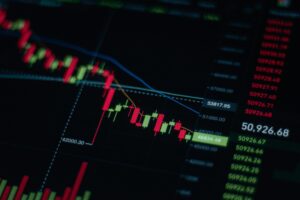The EU proposes to impose tariffs on the US, and wood products may be affected
March 13, 2025European CommissionAnnounced that it would impose tariffs on US imports in response to new US tariffs on EU steel and aluminium. EU countermeasures could involve up to €26 billion worth of US goods, matching the economic size of the US tariffs.
The European Commission said the countermeasures would be implemented in two stages:
The list of products that may be affected in the second phase includes softwood lumber, various types of panel products and pulp.
European Commission President Ursula von der Leyen said in a statement:
"The trading relationship between the EU and the US is the largest in the world, bringing prosperity and security to millions of people, and trade creates millions of jobs on both sides. From this morning, the US has imposed tariffs of 25% on imports of steel and aluminium. We deeply regret this. Tariffs are taxes, which are bad for business and even worse for consumers. They are disrupting supply chains, creating uncertainty in the economy, endangering jobs and leading to higher prices. The EU must act to protect consumers and businesses. The countermeasures we are taking today are strong but proportionate. The US has imposed tariffs worth 28 billion euros and we are responding with countermeasures worth 26 billion euros. This is in line with the economic size of the US tariffs. Our countermeasures will be implemented in two steps, starting on April 1 and fully effective on April 13. In the meantime, we remain open to negotiations. We firmly believe that in a world full of geopolitical and economic uncertainty, burdening economies with tariffs is not in our common interest. We are willing to engage in a meaningful dialogue and have entrusted Trade Commissioner Maroš Šefčović to reopen negotiations and explore better solutions."
LumberFlow Expert Interpretation
The EU's countermeasures against the US tariffs may have the following impacts on Chinese timber importers:
- Supply Chain Fluctuations:The increase in tariffs may reduce exports of U.S. softwood lumber and panel products to the EU, leading to a redistribution of global supply. Chinese importers need to pay attention to whether U.S. lumber will turn to the Asian market, thus affecting prices and supply stability.
- Price Transmission:If U.S. lumber exports turn to the Chinese market, it may lead to a decline in Chinese domestic lumber prices in the short term, but in the long term it may fluctuate due to adjustments in the global supply chain. The price fluctuation range is expected to be between 5% and 10%.
- Trade policy risks:Chinese importers need to pay close attention to the development of the US-EU trade dispute and formulate response strategies in advance to avoid cost increases due to changes in tariff policies.





